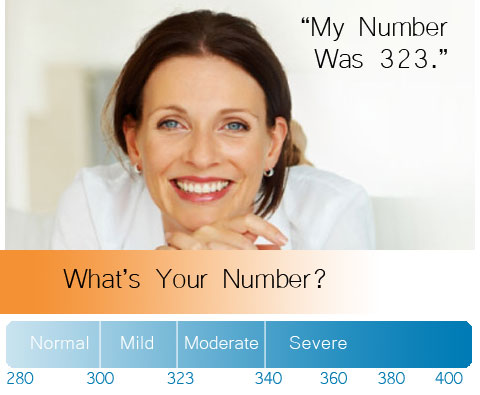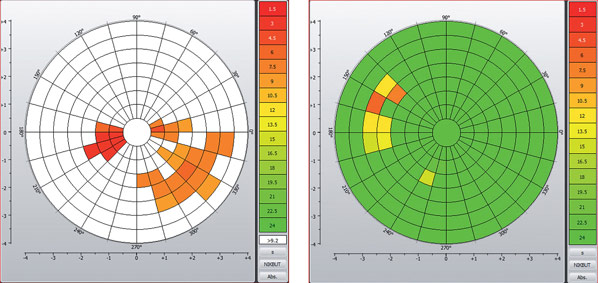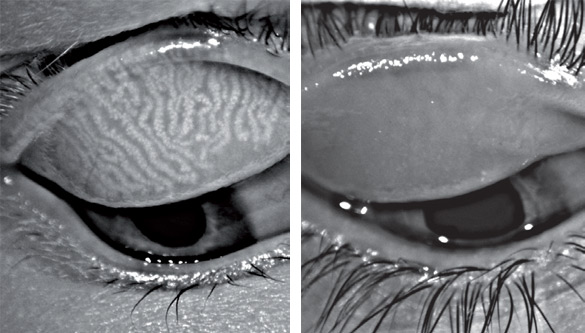Are you suffering from dry, irritated eyes at the end of the day? Are you using copious amounts of artificial tears to relieve these symptoms without improvement? In this age of DIY, many people take it upon themselves to treat their dry eye. It can’t possibly be that difficult right? My eyes are dry, I just need to put drops in and they will get better. If you have been to the eye section in your neighborhood pharmacy, there is an abundance of different eye drop formulations readily available. But which one to choose? Your eye doctor may have recommended an eye drop to use on a daily basis and tells you that he will see you next year. You use the drops for about a week, maybe two. Life goes on and you forget. Meanwhile your dry eye symptoms remain.
At our office we take dry eye seriously, it is a disease, it is chronic, and it can make you very uncomfortable. That is why we have incorporated a Dry Eye Center of Excellence. We employ a technology called the TearLab, which measures the salt concentration of tears in the eyes. A sample of tears is taken from each eye to determine the health and stability of tears. The number that is measured is mild, moderate, or severe and can be compared overtime to determine if treatment is effective.

Once we determine your osmolarity number using TearLab, we can design treatment tailored for your specific condition.
In addition, we utilize a technology called the Keratograph 5M exam, which allows us to capture high resolution images of the surface of the eye. This allows us to measure the amount of tears on the eyes, the rate of evaporation of tears, and meibomian gland drop-out. The meibomian glands are located in the upper and lower eyelids and are responsible for stabilizing the tears to prevent tear evaporation. Often, these glands are not functioning properly leading to dry and irritated eyes. Up to 80% of dry eyes are due meibomian gland dysfunction.

Tear film quality before and after treatment

Healthy meibomian glands (1st image) vs Meibomian gland dysfunction (2nd image)
Once the data has been collected on your dry eyes, a tailored treatment regimen is prescribed. Follow-ups are scheduled in one to three months to evaluate effectiveness of treatment. Treatment can include warm compresses, specific over-the-counter eye drops, pharmaceutical eye drops, and in-office expression / debridement of meibomian glands. Measurements are taken again at follow-ups including osmolarity to see if the prescribed treatment is working. We do not know if something is improving unless it can be measured and the dry eye evaluation allows us to do just that.
If you are suffering from dry, irritated eyes, call office today to schedule your dry eye evaluation today. 925-743-1222



